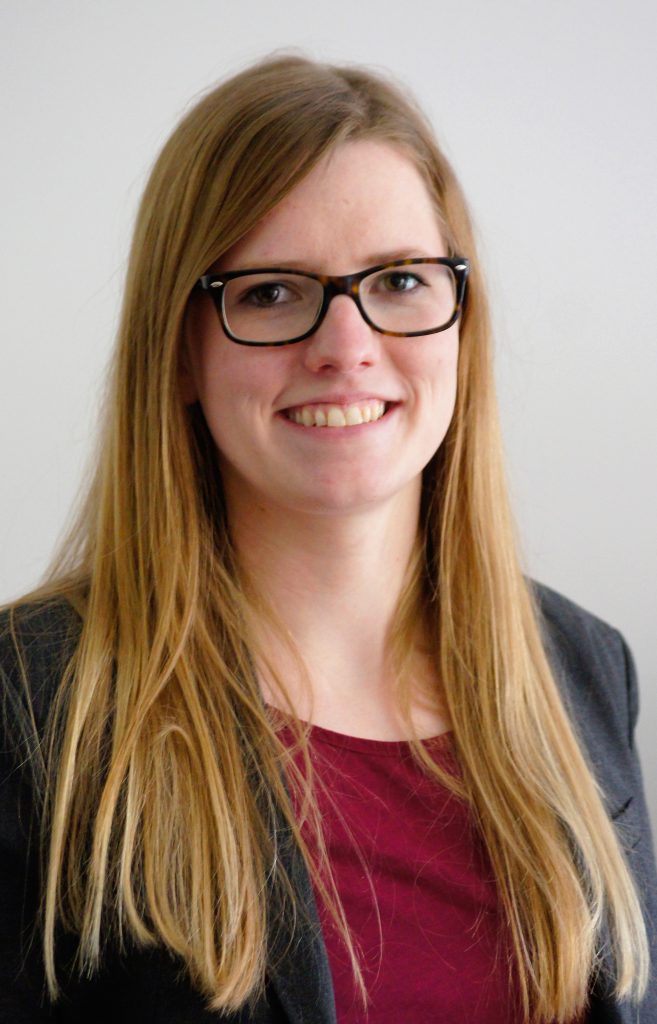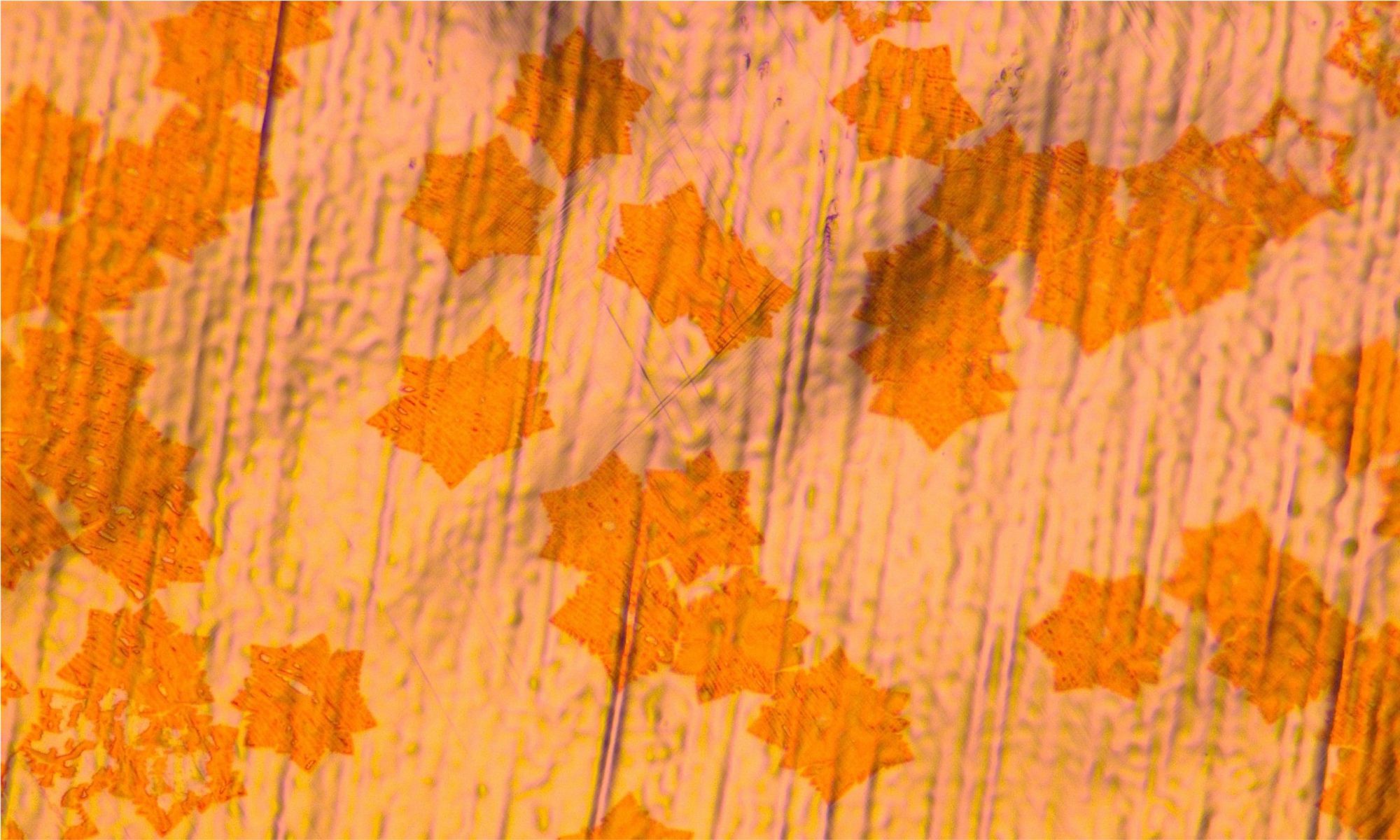The Aachen Graphene & 2D Materials Center gains another new member: Dr. Annika Kurzmann, who has just moved to Aachen with a Junior Principal Investigator Fellowship of the RWTH Aachen University.

Annika Kurzmann is an expert on quantum dots in bilayer graphene and, more generally, on the fabrication and characterization of nanodevices based on 2D materials using quantum transport measurements – an expertise she developed as Post Doc in Klaus Ensslin’s group at ETH Zurich. In addition, she also masters high-resolution optical spectroscopy techniques, which have been key ingredients of her PhD work on self-assembled quantum dots in the group of Axel Lorke at the University of Duisburg-Essen.
“In Aachen I will combine these two branches of expertize and set up a new line of experiments where I use the tools of quantum optics to study the coherence times of spin qubits in bilayer graphene and other 2D materials”, explains Kurzmann. “In the past years, the technology for fabricating quantum dots in 2D materials has advanced enormously, but one thing that has remained challenging to implement is time-resolved charge detection. In my PhD I have already developed a scheme to determine the charge state of a self-assembled quantum dot using optical methods, and now I want to extend this method to 2D materials.”
This research is funded by a Junior Principal Investigator (JPI) Fellowship of the RWTH Aachen University. Kurzmann is in fact one of the first grantee of this new funding scheme of RWTH, which aims at supporting the independence of brilliant young researchers with a 4(+1)-year stipendium, plus funds for a PhD student. In addition to the JPI Fellowship, Kurzmann has also received funding from the Cluster of Excellence “Matter and Light for Quantum Computing (ML4Q)”, as her research is well aligned with the scopes of the Cluster.
At RWTH, Kurzmann’s group will be embedded in the lab of Prof. Christoph Stampfer at the 2nd Institute of Physics. “I’m very excited to host Annikas’s Junior Group in my lab”, says Stampfer. “These are very difficult times for a young scientist to move to a new location and to rump up an independent group. We – as group and as Center – we’ll do our best to support Annika and to speed up the process as much as possible.”
